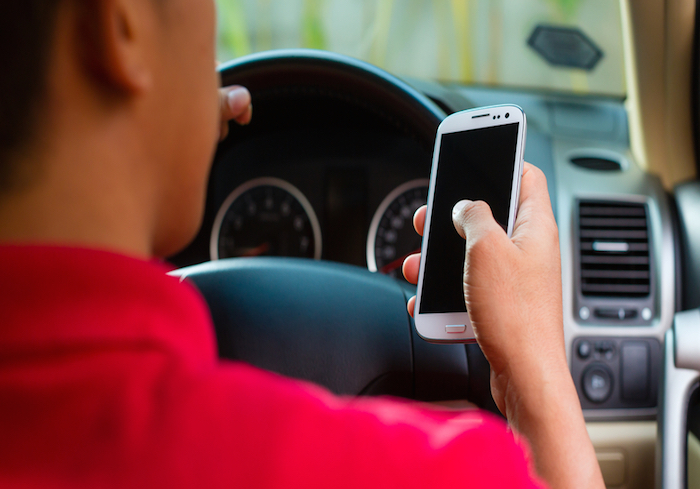Cash Still King For Uber In Indonesia

Cash isn’t king everywhere, but in Indonesia, it’s still a main payment option.
To keep in tune with how consumers in the region are choosing to pay, Uber has adjusted its strategies in the region and said it’s allowing cash payments for rides in Bandung, a city outside Indonesia’s capital, Jakarta.
This marks the third region in the world where Uber allows for cash payments in the Southeast Asia region, and the sixth country overall. India marked the first area where cash payments were introduced as Uber first launched the cash payments system; it has now expanded to 22 cities in India.
Because regions like India and Indonesia are still very cash-dominated and have high levels of financial exclusions and many consumers without credit cards (or bank accounts), cash has become one of the ways for Uber to establish a presence in these countries.
“We know that cash is still the dominant payment option for millions of Indonesians, especially in smaller cities,” said Uber’s Mike Brown, regional general manager for Southeast Asia and Oceania, in a statement. “This experiment is really exciting for us given the success we’ve seen in other markets and the potential of the Indonesian market.”
Uber’s cash move for ride-hailing apps is nothing new, however, as its competitors, GrabTaxi and GrabCar, already accept cash. Go-Jek, the Uber that relies on motorbikes, also accepts cash.
Earlier this week, Uber also rolled out its cash payments option in Manila in the Philippines. This service is being rolled out as a test to see how the cash-payment system works in the region.
“Having the option of paying with cash is really important for people in Metro Manila so this is an exciting experiment for us. We want everyone to enjoy the hassle-free convenience of ordering a safe ride at the push of a button,” said Laurence Cua, Uber’s general manager in the Philippines.
To check out what else is HOT in the world of payments, click here.